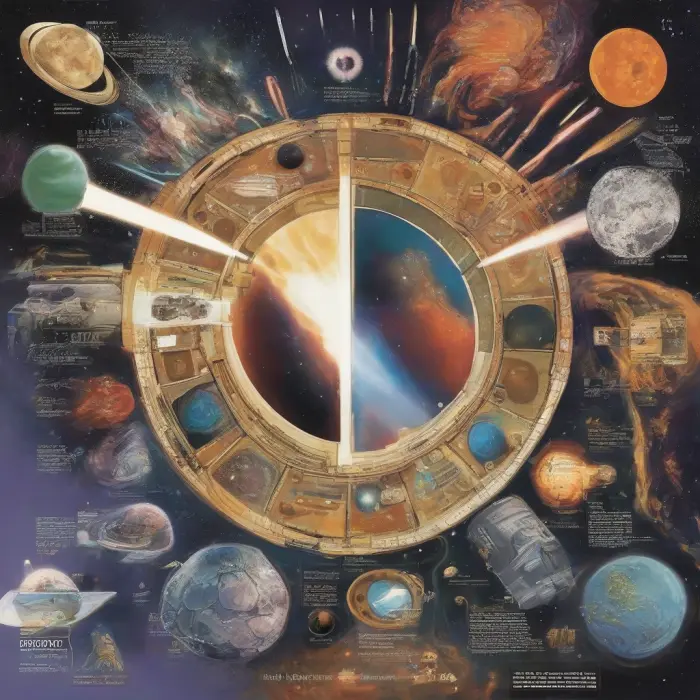Mind-Blowing Facts About the Secrets of Ancient Civilizations
The Ancient Egyptians Were Master Engineers
One of the most astounding aspects of the ancient Egyptians was their architectural prowess. It's a well-known fact that they were the architects of the Great Pyramids—a marvel that still boggles modern engineers. But did you know they invented a form of paper, known as papyrus, while also developing a sophisticated system of writing—hieroglyphics—that scribes used to keep records?
The Indus Valley Civilization Had Advanced City Planning
Long before modern city planning came into play, the Indus Valley Civilization - one of the ancient world's most advanced societies - had a keen sense of urban planning and organization. The settlements were designed with straight, perpendicular streets, with residences, marketplaces, and public structures strategically placed. They had an impressive drainage system, complete with covered drains and flushing toilets, an innovation that wouldn’t be seen in the Western world for several thousand more years.
The Mayans' Advanced Knowledge of Astronomy
Carving out an existence in the natural jungles of Mesoamerica, the Mayans were able to develop a surprisingly advanced understanding of astronomy. They charted the motions of celestial bodies with incredible accuracy, using primarily naked-eye observations. Their celestial knowledge was woven deeply into their cultures, had a significant influence on their agriculture, and played a crucial role in their religious beliefs.
The Incas Didn't Use Any Forms of Writing
Despite the Inca's empire extensive empire and complex political systems, historians have discovered that they did not use any form of writing. To keep records such as taxes, population counts, and tribute, the Incas made use of a system of knotted strings termed Quipu.
Roman Concrete is Still Standing
No discussion about ancient civilizations would be complete without mention of the Romans. Modern engineers marvel at the fact that many Roman structures, like the Pantheon and the Coliseum, are still standing after over 2,000 years. This is largely attributed to their use of a special kind of concrete that isn't susceptible to the cracking and erosion that plague our modern concrete structures.
China's Early Invention of Printing
Print technology has revolutionized the world as we know it, but did you know it was being used thousands of years ago? The ancient Chinese civilization was using woodblock printing techniques as far back as the 8th century AD. This early form of mass production allowed for the relative ease of creating multiples of texts and images.
Conclusion
These few mind-blowing facts only scratch the surface of the secrets and impressive feats of ancient civilizations. With continuous archaeological discoveries and advances in technology aiding research, we continue to uncover more about the mysterious and enthralling world of our ancestors. These complex, advanced societies continue to shed light on our shared human history and provide intriguing clues about the course of human civilization.










